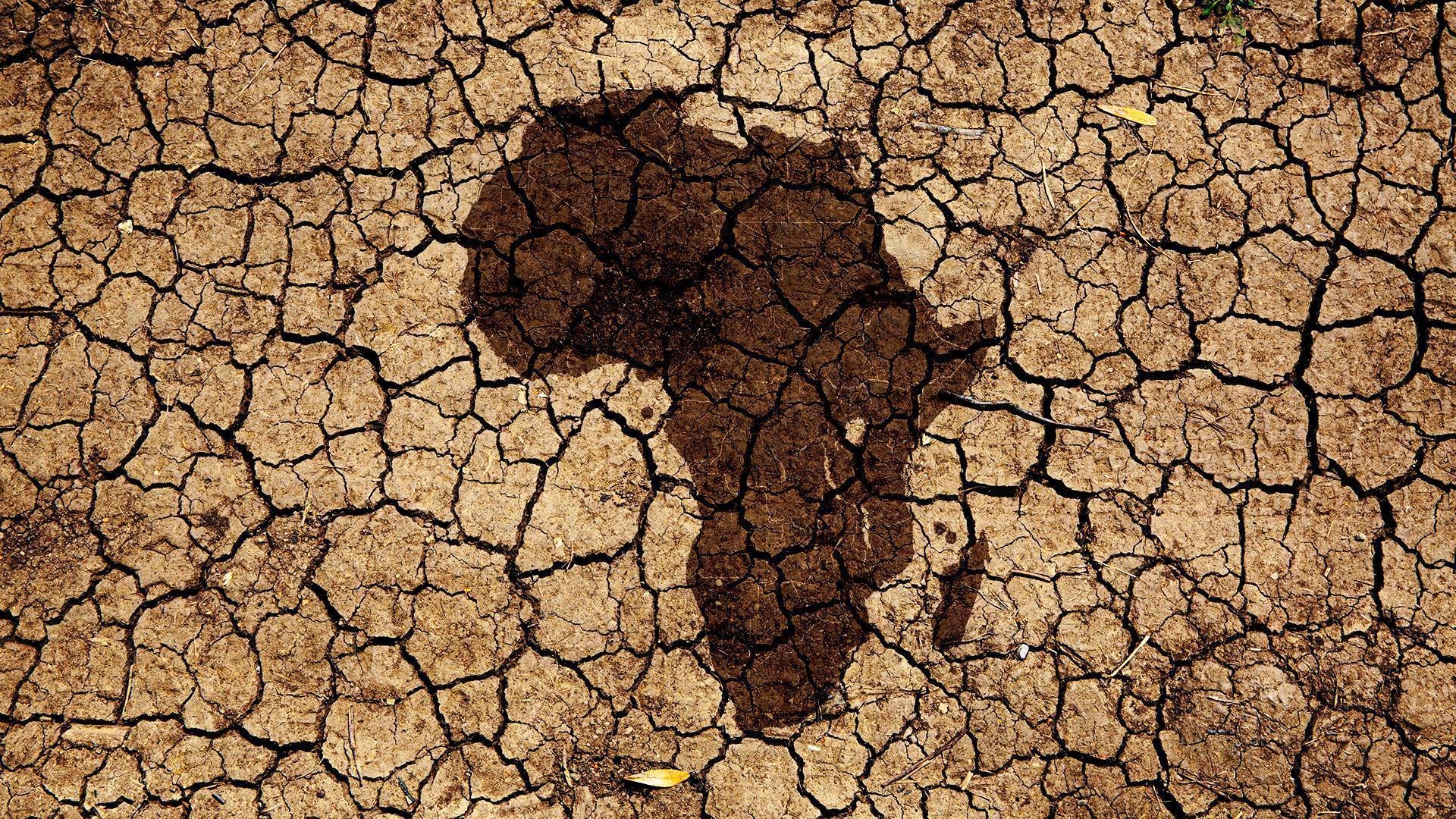The Specter of Drought and the Dark Continent
Wegdan Mohamed

We have become accustomed to viewing drought conditions as slow-developing climatic phenomena that take years to manifest. However, the reality has proven to be different, as drought can suddenly emerge in a particular region.
With the increasing climate changes resulting from human activity, intensifying day by day, drought episodes have increased in various regions due to the clear and growing effects of climate change on every continent.
Drought conditions, in general, pose long-term climate risks due to the continuous decrease in rainfall, leading to the drying of soil and vegetation and a subsequent decline in water levels in rivers and lakes.
Not only that, but drought can worsen and persist for years in wide areas, leaving negative consequences on people and nature. Drought episodes lead to a decrease in land productivity, while agriculture is the largest land and water-consuming activity, resulting in food insecurity and mass migration in many cases.
One of the most dangerous types of drought is the one that develops rapidly, within a few weeks only, known as "sudden drought." It shares similarities with sudden floods as it occurs without prior warning, along with its severe impacts. The limited time available to deal with this type of drought exacerbates its effects.
The impacts of sudden drought vary depending on the characteristics of each region. Some types of soil dry out faster than others, and some areas have abundant water resources that provide supplementary irrigation. Additionally, certain crops are more resistant to water stress and heat.
The percentage of people depending on agriculture for their livelihoods varies among regions, and this also depends on the recovery from sudden drought, whether it will happen at the same speed it began or develop into a prolonged natural drought.
The impact of drought differs according to the timing and interaction with crop growth stages. For instance, a sudden drought lasting for a few days can significantly affect crop yields when it occurs during flowering or pollination stages. On the other hand, if it occurs during the later stages of plant growth and fruit ripening, it may be beneficial for plant growth and fruit maturation. Moreover, sudden droughts at the end of the rainy season cause less damage, as the soil has stored sufficient water.
According to United Nations reports, the African continent is the most vulnerable to the impacts of climate change, despite contributing only 4% of global carbon emissions. The East African region, particularly the Horn of Africa, is experiencing the worst drought wave in over 40 years, stretching from Eritrea in the north to Ethiopia, Djibouti, and the southern edges of Kenya and Somalia.
This raises the specter of famine in the African continent, as the longest drought wave is expected to continue due to water scarcity, declining harvests, and livestock deaths. The drought wave has forced hundreds of thousands of people to leave their lands, adding to the increased risks of resource conflicts among local communities.
In addition, the Russian-Ukrainian war and the resulting increase in food prices have compounded the crisis in the African continent, exacerbating the food security crisis caused by drought, climate change, armed conflicts, and the COVID-19 pandemic, according to the World Health Organization.
Despite all this, climate finance flows to Africa are meager compared to the massive resources needed for local contributions to climate change mitigation and adaptation plans. These estimates range from $1.3 tn to $1.6 tn between 2020 and 2030, or $118.2 bn to $145.5 bn annually during this period. As a result, the annual financing gap for Africa could reach an average of $108 bn until 2030.
This puts the African continent in a challenging position and imposes numerous obligations to ensure its survival. Africa must position itself as a worthy investment destination for climate finance, focusing on long-term development issues.







